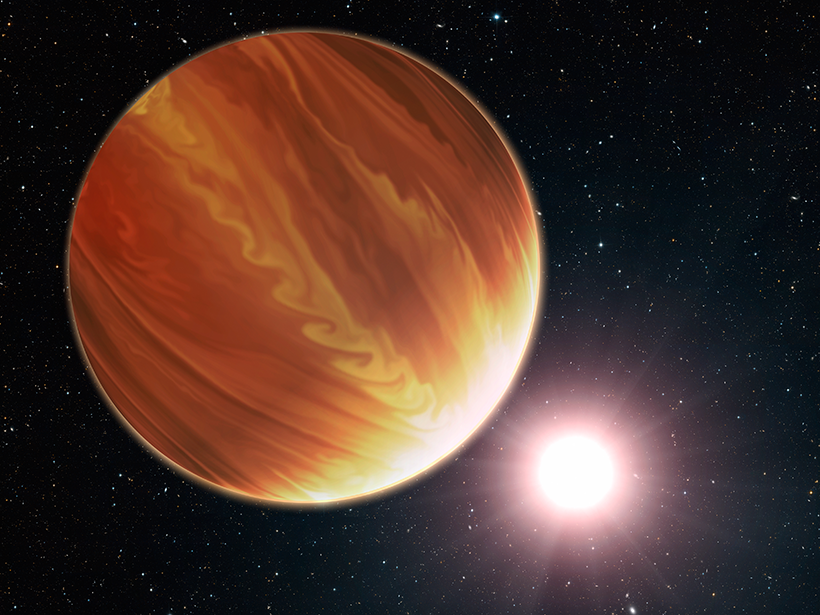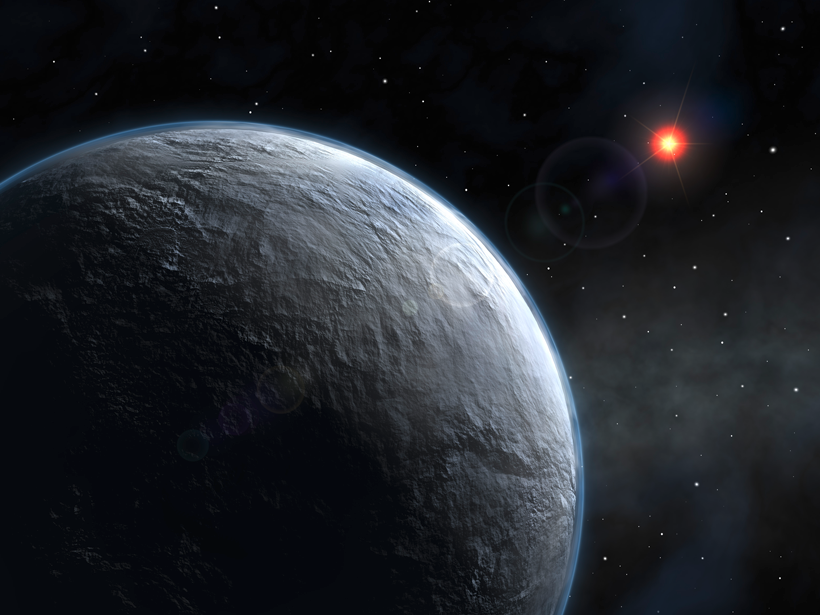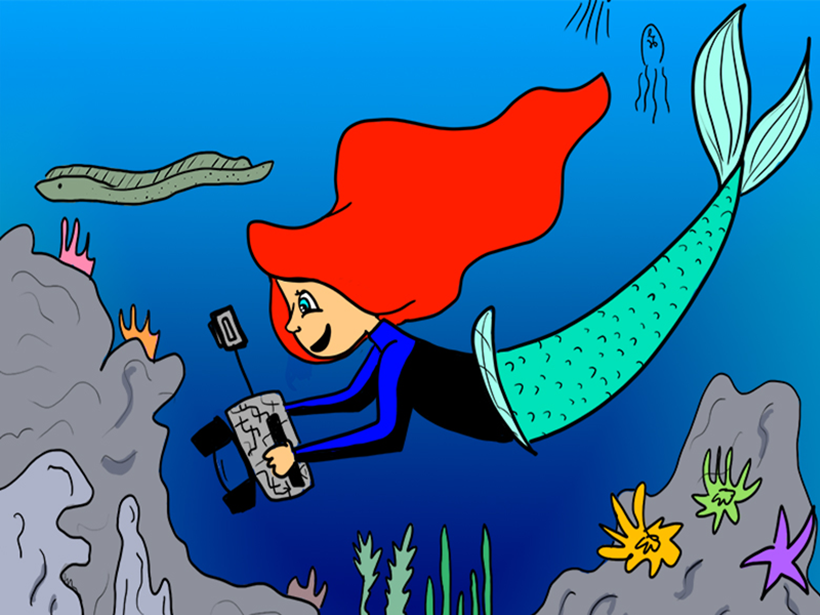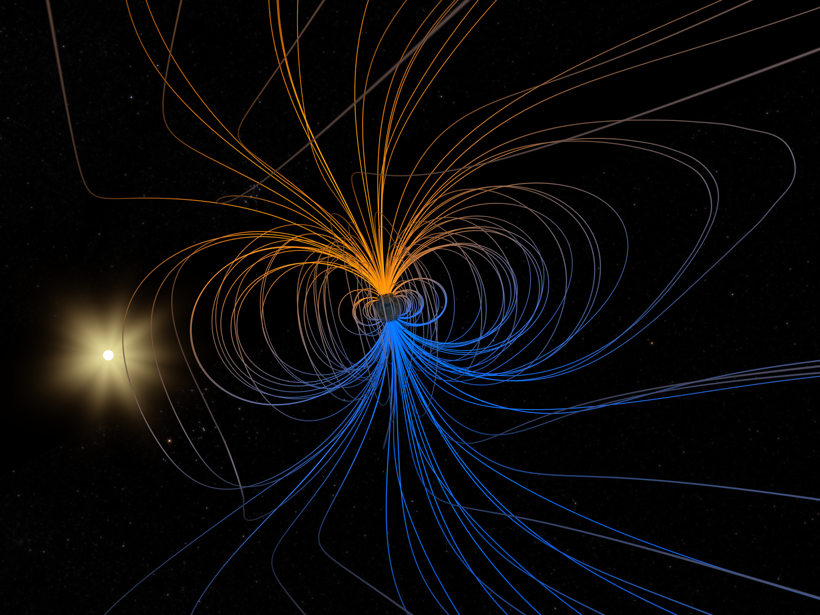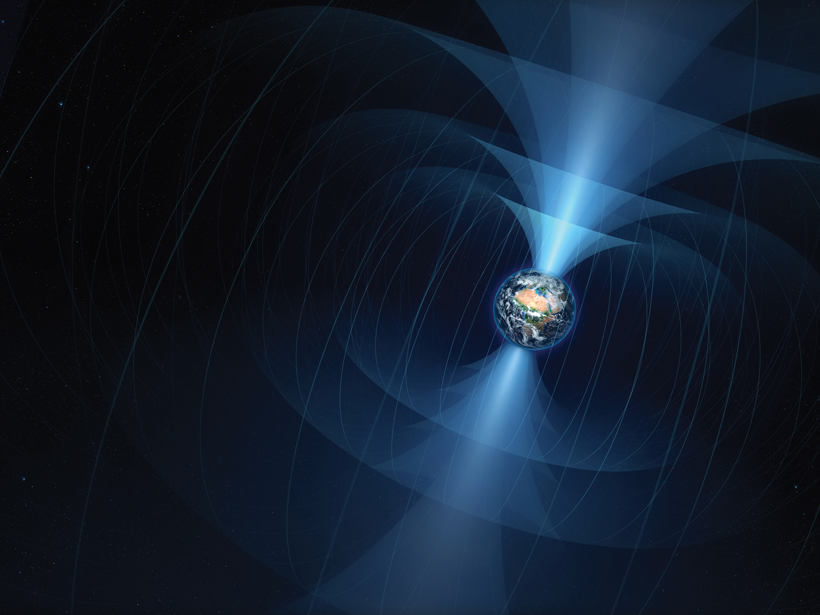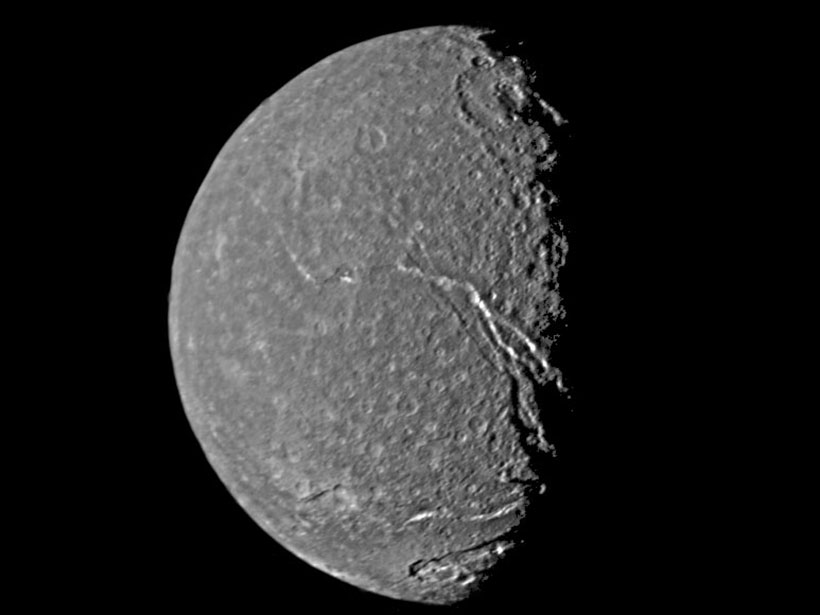A new study employs a method originally developed to help map stars and galaxies to describe how ancient tombs are clustered. The research helps archaeologists studying remote or inaccessible sites.
weird & wonderful
El universo de Dune inspira la nomenclatura de Titán
En todo el sistema solar, la ciencia choca con la ciencia ficción en formas literarias.
Oddballs of the Exoplanet Realm
The list of planets in other star systems includes zombies, hot giants, puffballs, and even a few Tatooines. Zowie!
Exoplanets in the Shadows
The bright clutter of individual discoveries can overshadow some fascinating research, from necroplanetology to rogue planets to the intimacy of alphanumeric nomenclature.
The Forecast for Exoplanets is Cloudy but Bright
Clouds make climate modeling on Earth difficult. Identifying—and even defining—atmospheric phenomena on other planets is the next big exoplanet challenge.
Si las Princesas Disney Fueran Científicas de la Tierra y el Medioambiente…
Bienvenidos a un universo alternativo donde el felices por siempre incluye una dedicación al método científico.
The Wobbly Anomaly and Other Magnetic Weirdness
From the connection between Earth’s core and life on the surface, way out to the ends of the solar system, this month’s issue of Eos takes a look at the study of magnetic fields.
A Field Guide to the Magnetic Solar System
Not all planets move the needle. But whatever planet you take a magnetic compass to, it’s sure to point out clues to secrets underfoot.
The Herky-Jerky Weirdness of Earth’s Magnetic Field
Dented, erratic, and wandering, our field is constantly changing its mind.
Do Uranus’s Moons Have Subsurface Oceans?
Scientists tested whether a classic technique could detect subsurface oceans on the moons of Uranus. In this scenario, the planet’s oddball magnetic field offers a big advantage.



